Ubiquitous in Seychelles, skinks are found in large numbers on the island. The slimmer species is the Seychelles skink, while the bigger one is the Wright’s skink. Both are endemic to Seychelles. Cousin is also home to the Burrowing skink a small elongate skink with reduced limbs. As well as skinks there are endemic geckos – the bronze eyed gecko and green gecko.
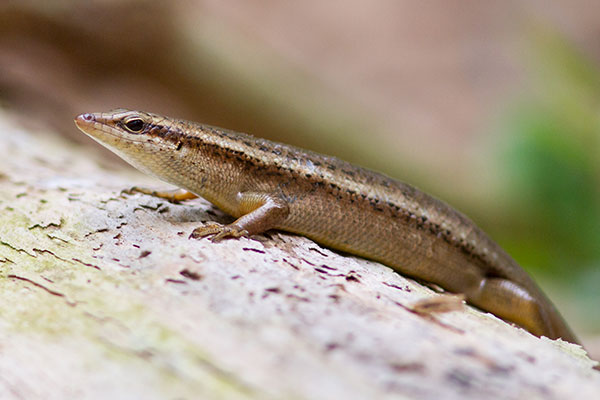
Seychelles skink / Lezar mangouya / Trachylepis seychellensis
This lizard is common throughout Seychelles and especially so on Cousin, which is said to have one of the highest lizard densities in the world! These cheeky skinks are active during the day, feeding on seabird eggs, invertebrates and fallen fruits.
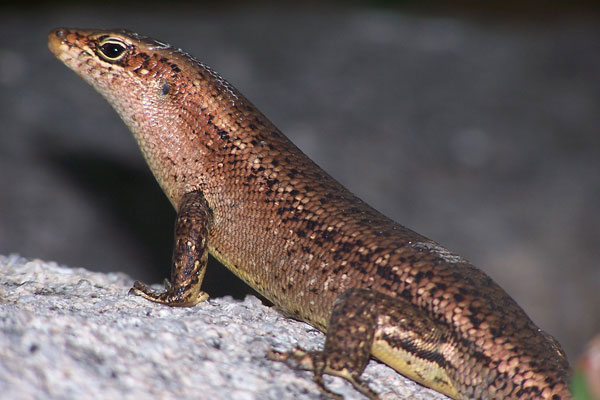
Wright’s skink / Teng teng / Trachylepis wrightii
Larger than the Seychelles skink, this skink is also active by day and feeds on seabird eggs, invertebrates and fallen fruits. This species is only found on a few islands such as Cousin, Cousine, Frégate and Aride, associated with large seabird colonies.
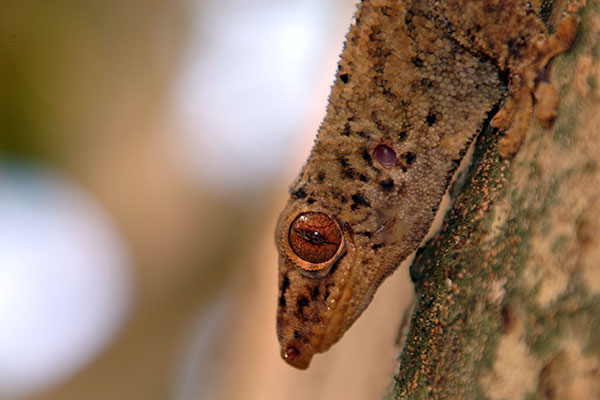
Bronze eyed gecko / Ailuronyx seychellensis
This large nocturnal gecko is found both in the buildings on Cousin and on trees in the forest, where it eats insects and fruits. It is endemic to Seychelles
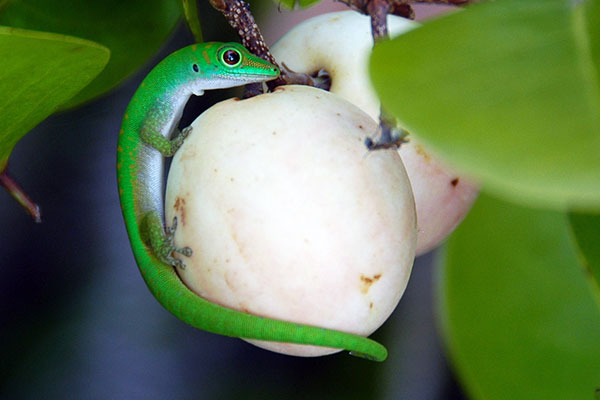
Green gecko / Lezar ver / Phelsuma astriata
Smaller than the Bronze gecko, this brilliantly coloured lizard is active during the day. An agile climber, they are shy and found in the forest floor rather than houses. They feed mainly on insects.
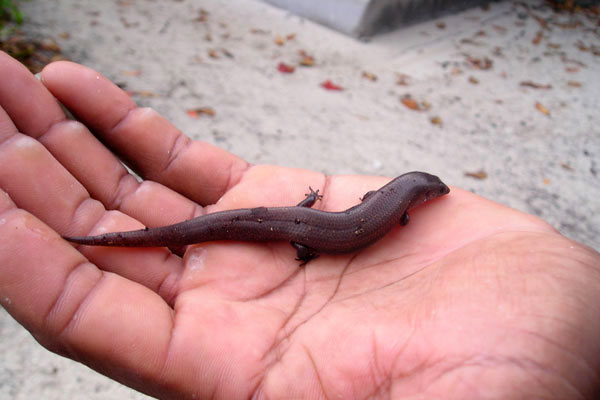
Burrowing skink / Lezar later / Pamelaescincus gardineri
As it’s name implies, this secretive lizard spends most of it’s time burrowing in the soil and leaf litter hunting for small invertebrates.

